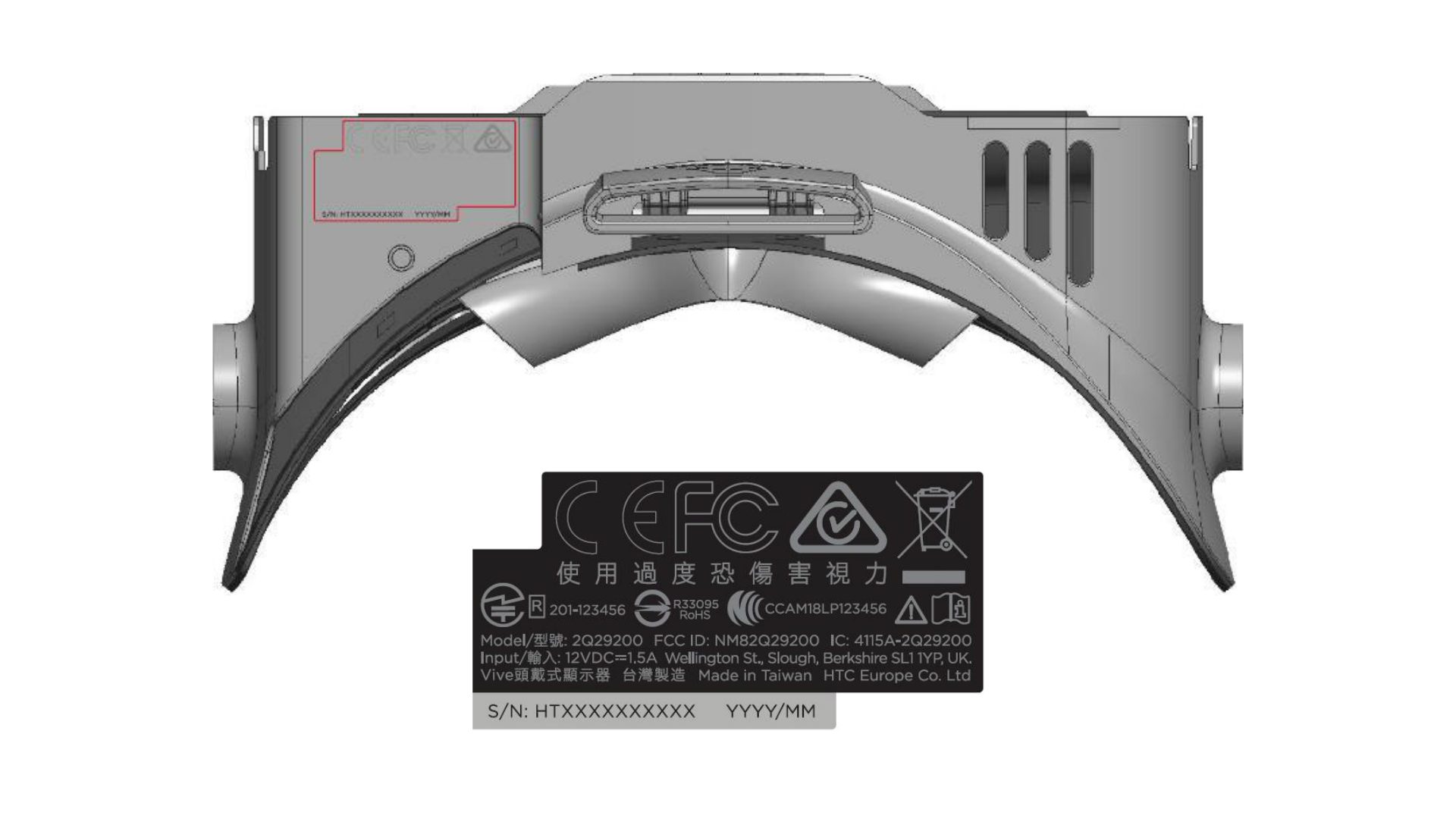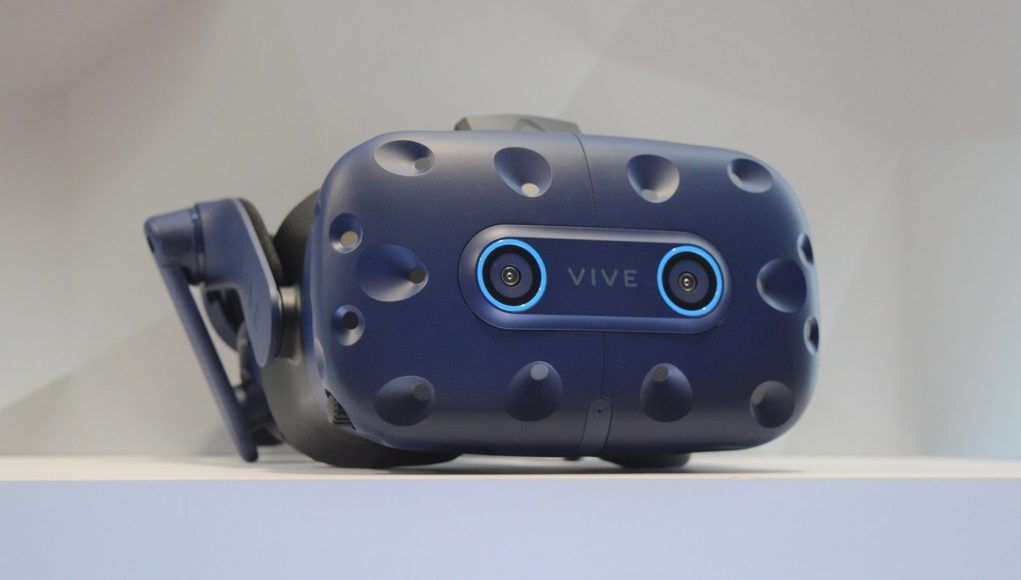HTC Vive Pro Eye, the enterprise-focused VR headset with integrated eye-tracking, has officially undergone testing by the FCC.
Although the FCC listing makes no mention of Vive Pro Eye by name, we do have a few strong clues to show us that it is indeed the company’s next enterprise-focused offering we’re dealing with here.
Vive Pro Eye’s unique FCC ID is 2Q29200, while the original Vive Pro is 2Q29100, suggesting that it’s in the same device lineage.
Not only that, it’s clear from label diagram that the headset is some species of Vive Pro; the image below matches the original Vive Pro’s label diagram exactly, save a few bits on the label itself. The headset rendering used is exactly the same.

This makes sense, considering hardware specs are entirely unchanged from Vive Pro, save for the integration of Tobii eye-tracking, which is poised to seed content creators with a laundry list of cool things like foveated rendering, improved avatars, better app analytics and more.
External and internal photos are still under a timed release due to a pretty standard 180-day confidentiality agreement with the FCC.
The FCC is tasked with certifying products with electromagnetic emissions to be safe and compatible with regulations. Products utilizing radio, WiFi, infrared, etc. need certification before they can be distributed for sale. Testing by the FCC is typically one of the last stops on the way to launch, which in this case will be targeted at businesses who want to start leveraging eye-tracking in their applications.
Vive Pro Eye still doesn’t have a definite launch date yet; HTC says it should be out sometime in Q2 of this year. No pricing info is available at this time either, although we imagine it will exceed Vive Pro’s $800 headset-only price tag.







